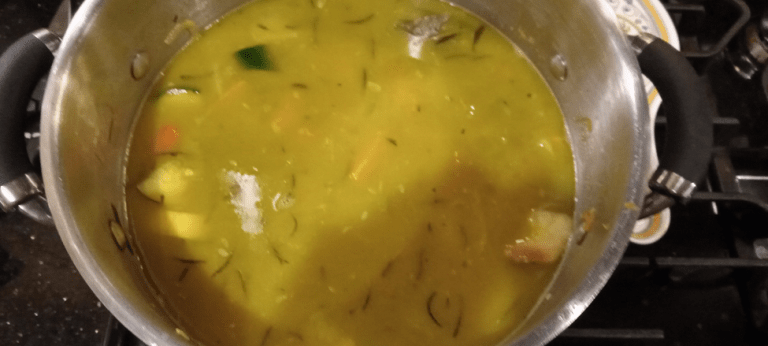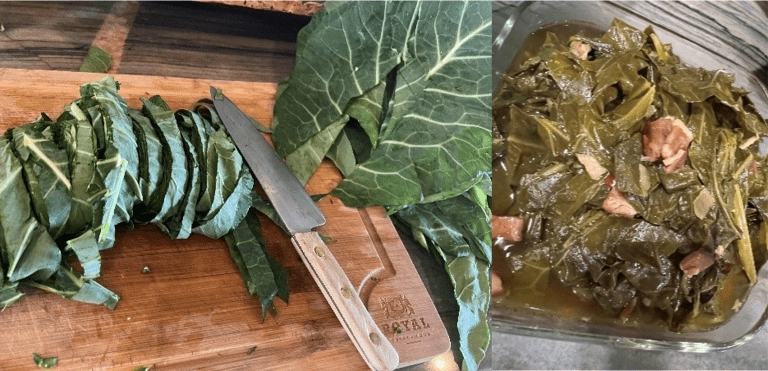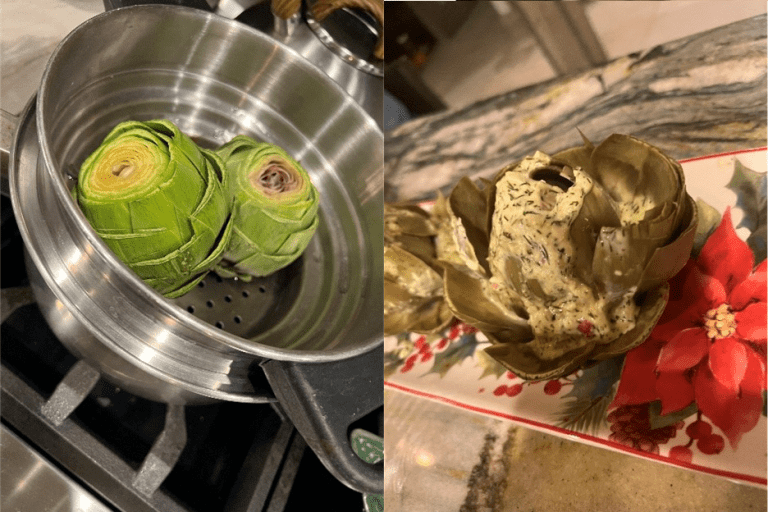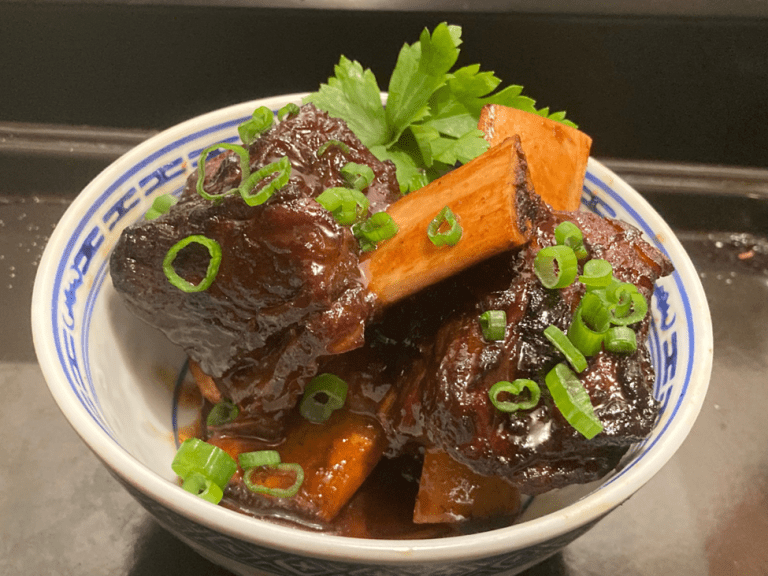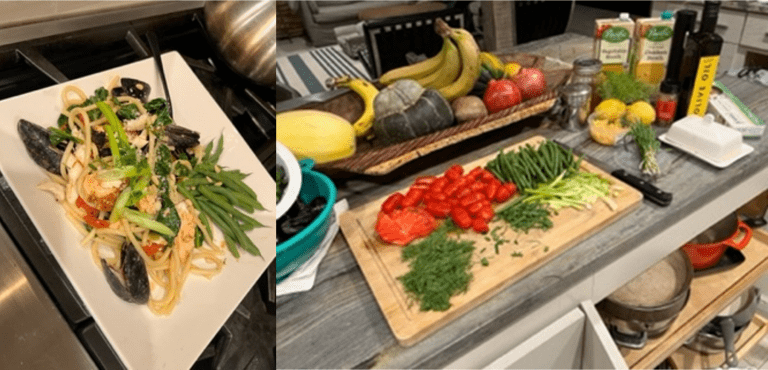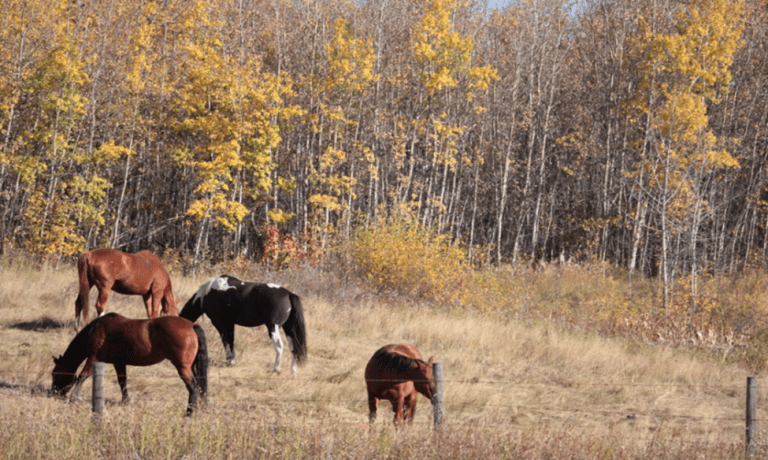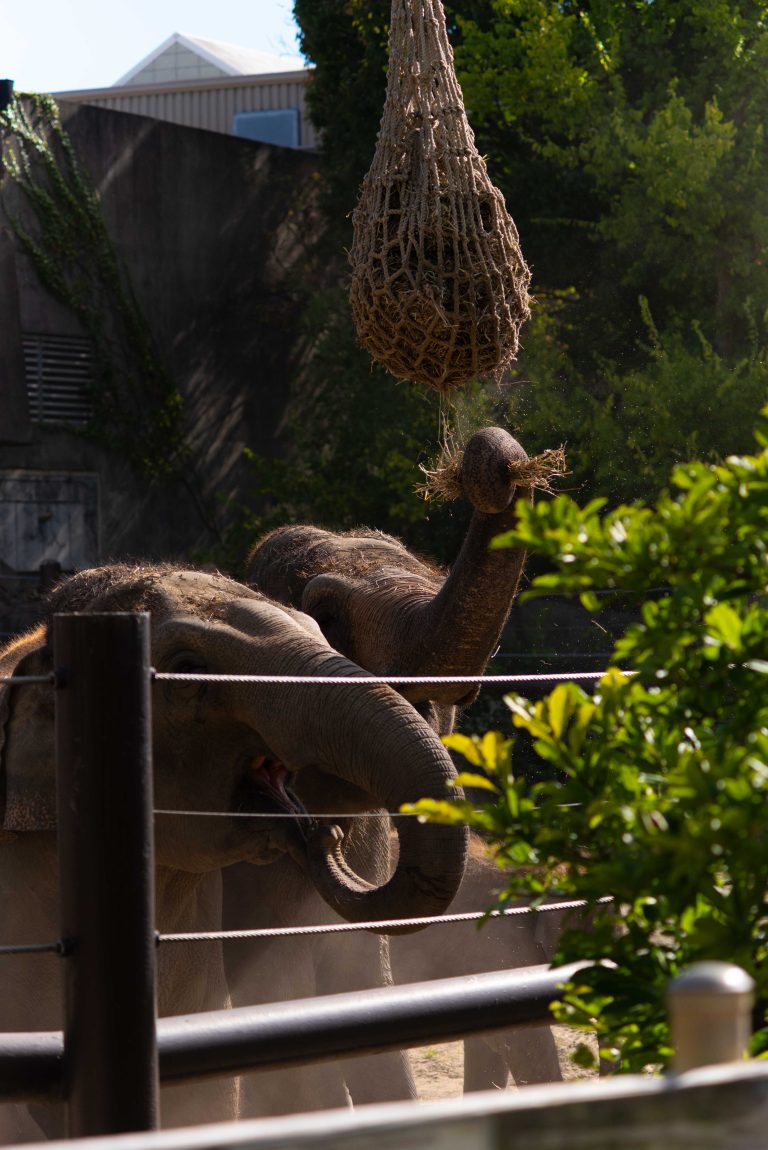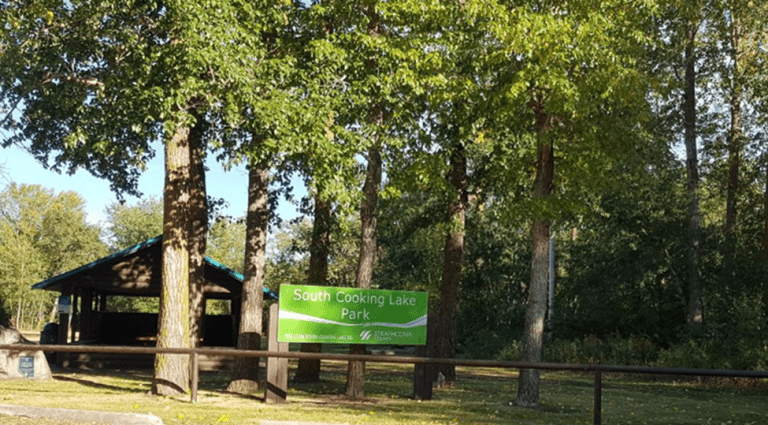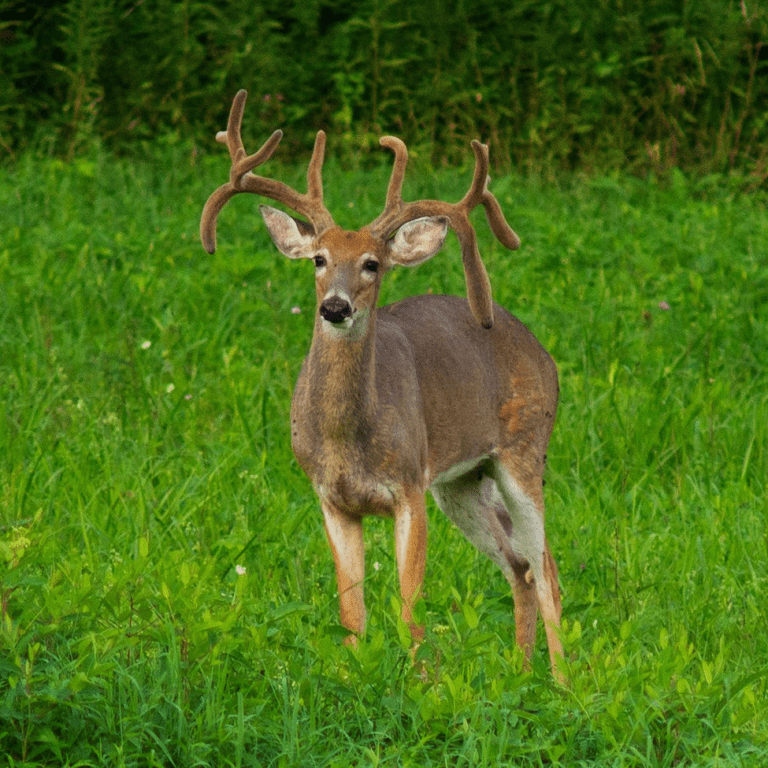A beautiful stand of White Birch was unexpectedly discovered east of Edmonton on Thanksgiving outing. As birch has a long history of practical and medicinal uses, birch forest ecosystems need to be valued and conserved.
- Birch tends to grow in damp areas or near water.
- Chaga mushroom, a well-known medicinal mushroom, grows on Birch.
- This birch stand is supported by a mossy fen, which is a ‘spring fed’ swampy or muskeg area.
- Birch has a long history of use in North American indigenous medicine as well as European folk medicines.
- Modern pharmaceutical research is beginning to take serious notice of the medicinal compounds isolated from Birch.
It was a beautiful sunny Sunday of Thanksgiving, a perfect opportunity to head east of the city and explore some new places.

The fall colors were absolutely beautiful this weekend with the leaves mostly still on the trees.
This Bio-climatic zone is called the ‘aspen parkland’, which is a kind of transition area between the northern Boreal Forest and the Southern Grasslands.
It is the aspen poplar, balsam poplar, willow, and birch, which gives the mosaic of incredible fall color in these areas.

Incredible mosaic of fall colors in the Aspen Parkland East of Edmonton
I had noticed from my maps that there was an apparent ‘nature trail, in the Parkland East of Edmonton, near the pioneer community of Deville, just off Wye Road. We decided to check it out.

The nature trail fizzled out in about 10 yards, but I was pleasantly surprised by what we had found. This particular area was a grove of pure white Birch trees.

White Birch, (Betula papyrifera), used to be extremely common in these areas, but over the years its numbers have dwindled, partial due to overharvesting as it is a fairly hard wood, and also due to normal habitat loss and out-competition from Balsam poplar.
What was even more interesting about this particular spot (which is a semi-official conservation area) is that it was also a fen.
A fen is like a marsh but is fed by spring water rising up only. As such, the floor of this white birch forest was entirely made of a green ‘cushion’ moss

In normal years the mossy soil would be completely saturated with water, but in a drought year such as this, one was able to walk along it.
This explains the abundance of white birch here. Birch prefers to live near water and take on a lot of it.
Another interesting aspect about white birch, is that it is the preferred host for another medicinal fungus, called Chaga mushroom, renowned for its antioxidant potential.
I did not see any Chaga here, though it was only a quick visit, and was likely already harvested.

So right away we have this amazing little ecosystem here, with this beautiful symbiotic relationship between chaga and birch.
The Birch is serving both as a ‘conversion’ factor for the chaga, which, being a mushroom, is made from polysaccharides absorbed from the tree.
The tree is of course also the ‘structure’ upon which the Chaga hangs, but what is less known is that the birch tree is also a transport factor from the chaga, and not just for the water.
New scientific evidence has shown that mushrooms actually communicate ‘forest wide’ under the soil, and these chemical messengers move through the tree, into the roots, and communicate between roots, like a kind of biological internet.
Birch, as it turns out, have one of the most extensive and expansive roots systems among North American deciduous trees.

This circles back to the moss itself. The moss serves as a control and feedback system for the entire ‘wet’ fen birch forest mini ecosystem.
The moss will maintain a relative high humidity, and absorb excess water in wet times, holding on to that water during drought times, which assures the survival of the birch forest.

Let us not ever forget the structural and conversion factors present in that precious moss itself.
The moss cushion is a massive microecosystem of its own, host to thousands of microorganisms converting nutrients and fixing minerals into the soil/water base.
All of these elements contribute to the medicinal value of the birch and chaga or other mushrooms grown on them.
The healthier the soil/moss microbiome, the more vital and powerful the medicinal effects of the resulting compounds.
White birch bark was of course an essential resource for the North American natives, who used it for fuel, for transport in the construction of canoes, to some extent for paper in the form of scrolls and especially maps, for baskets, and as a ‘roofing material’ for wigwams.

In a semi-emergency situation the inner bark (the flaky dry bark just below the outer bark) is an excellent source of tinder for fire starting.
But the north American aboriginals were also fully aware of the medicinal value of both Birch bark and birch sap in the treatment of wounds and illnesses.

Native North Americans were known to prepare a mushy paste form the boiling and pounding of the inner birch bark, which was then used, externally, for wounds, cuts, and inflammatory skin conditions to reduce infection and swelling.

Both the oils and the sap of Birch trees have been used medicinally over the years, internally, with caution.
Prominent herbalists like Dr. Christopher and Mathew Wood have described the usefulness of birch oils and related compounds for improving gall bladder function.
It was also mentioned by Felter and Lloyd in Kings American Dispensatory (1898) as being a European ‘folk remedy’, particularly in the treatment of bladder and kidney infections and gout.
It needs to be stressed that this was THE critical textbook of pioneer and even hospital medicine up into the early twentieth century, when various ‘petro’ related interests essentially forced this medicine out of the mainstream and out of medical colleges.

And this brings us to ‘Birch Beer’. In the more eclectic supermarkets, you can still find ‘Birch Beer’ alongside traditional ‘root beer’ soft drinks.
Yes, you can actually make your own ‘birch beer’ by using the distilled sap and bark oils as flavoring for drinks. (Actually, extremely good) but you can see that the origins of the practice were medicinal in nature.
The European peasants/workers made ‘birch beer’ to help kill the infections from the polluted water they were drinking, it was no idle pastime.

It is also worth noting that Birch was well known and utilized by the Ancient Traditional Chinese Medicinal system, where it is called Hua Mu Pi.
It was thought to ‘clear heat’, which essentially means to reduce inflammation and infection through means both direct and via systemic rebalancing.
In terms of a more modern/western approach to medicinal uses of Birch compounds, Betulinic acid (also present in Chaga mushroom) has been identified as a compound of particular interest.
Betulinic acid has shown to have antiproliferative and apoptosis-inducing mechanisms in the treatment of cancer, particularly melanomas.
The mechanisms remain unclear and via in-vitro study only but would appear to affect various signally pathways and mitochondrial function, which in layman’s terms means that it is actually ‘harmful’ to normal cellular metabolism (energy production) but will harm cancer cells more, so it may be useful for short term use.
In any event, there is clearly an uptick in research interest in this birch-derived compound for medicinal-pharmaceutical use.
All in all, what a lovely Thanksgiving Day surprise to discover this precious oasis birch/moss/fen ecosystem, which provides habitat needs for so many species, incredible aesthetic delight in the incredible fall colors, and which should be noted and preserved as an important source of powerful herbal medicines, used appropriately.

Further Reading:
Harvey Wickes Felter, John Uri Lloyd, Kings American Dispensatory, 1898. Ohio Valley Company.
John Christopher, School of Natural Healing. Springville, UT: Christopher Publications; 1976.
Mathew Wood, The Earthwise Herbal. Berkeley, CA: North Atlantic Books; 2008.
Robin Pasquale, ND. The Medicine of The Birch Tree: Beyond Depurative. Naturopathic Doctor News and Reviews. https://ndnr.com/botanical-medicine/the-medicine-of-the-birch-tree-beyond-depurative/
Tis Mal Crow, Native Plants Native Healing: Traditional Muskogee Way, Summertown, TN: Native Voices Publishers; 2001.
White Rabbit Institute of Healing (TCM) https://www.whiterabbitinstituteofhealing.com/herbs/birch/
Aswathy M, et Al. Betulinic acid: A natural promising anticancer drug, current situation, and future perspectives. J Biochem Mol Toxicol. 2022 Sep 19:e23206. doi: 10.1002/jbt.23206. Epub ahead of print. PMID: 36124371.
Andrew Adamatzky. 2022. Language of fungi derived from their electrical spiking activity. R. Soc. open sci 9 (4): 211926; doi: 10.1098/rsos.211926 https://www.sci.news/biology/fungi-language-10718.html
























